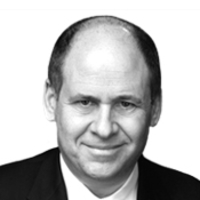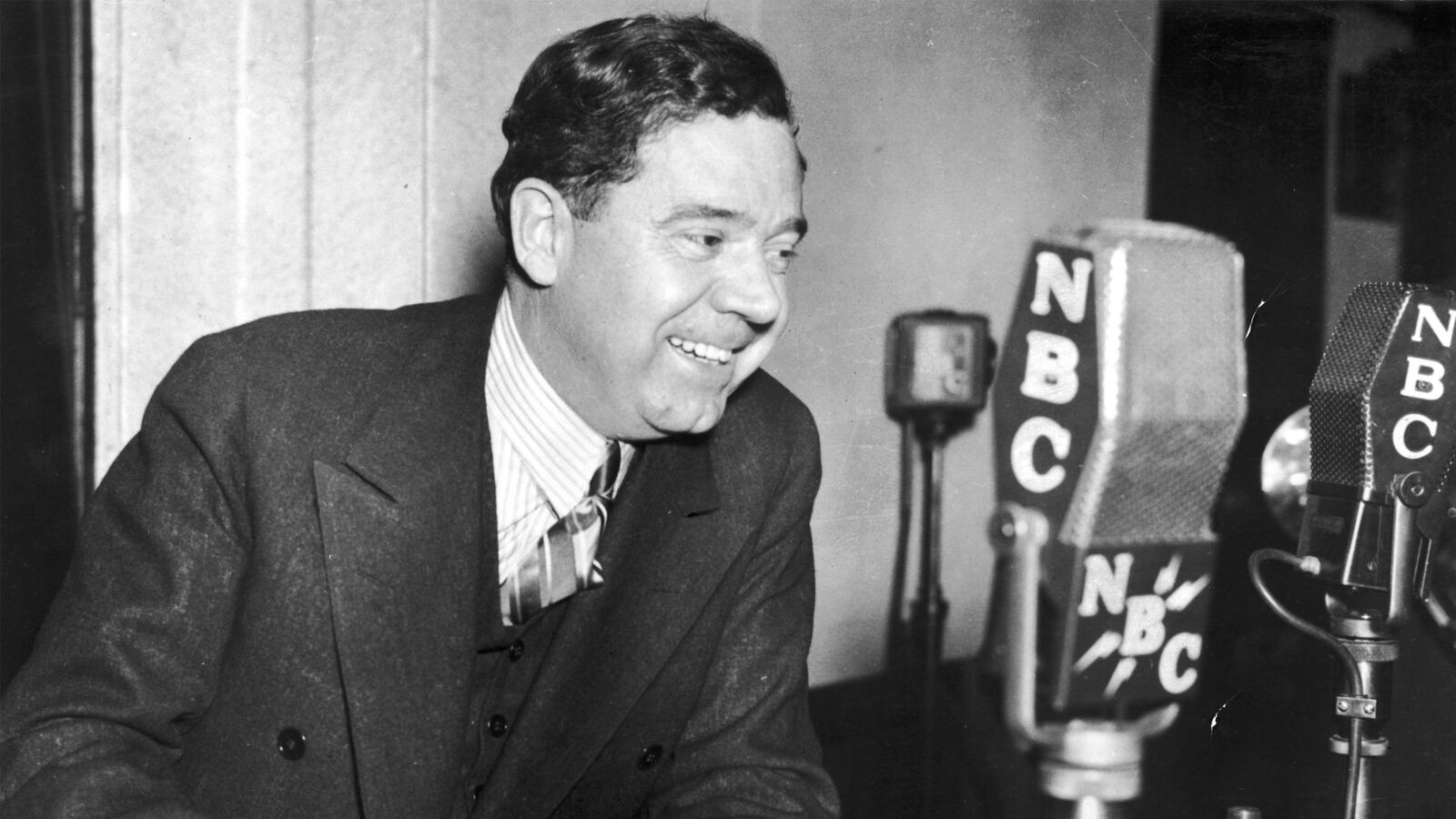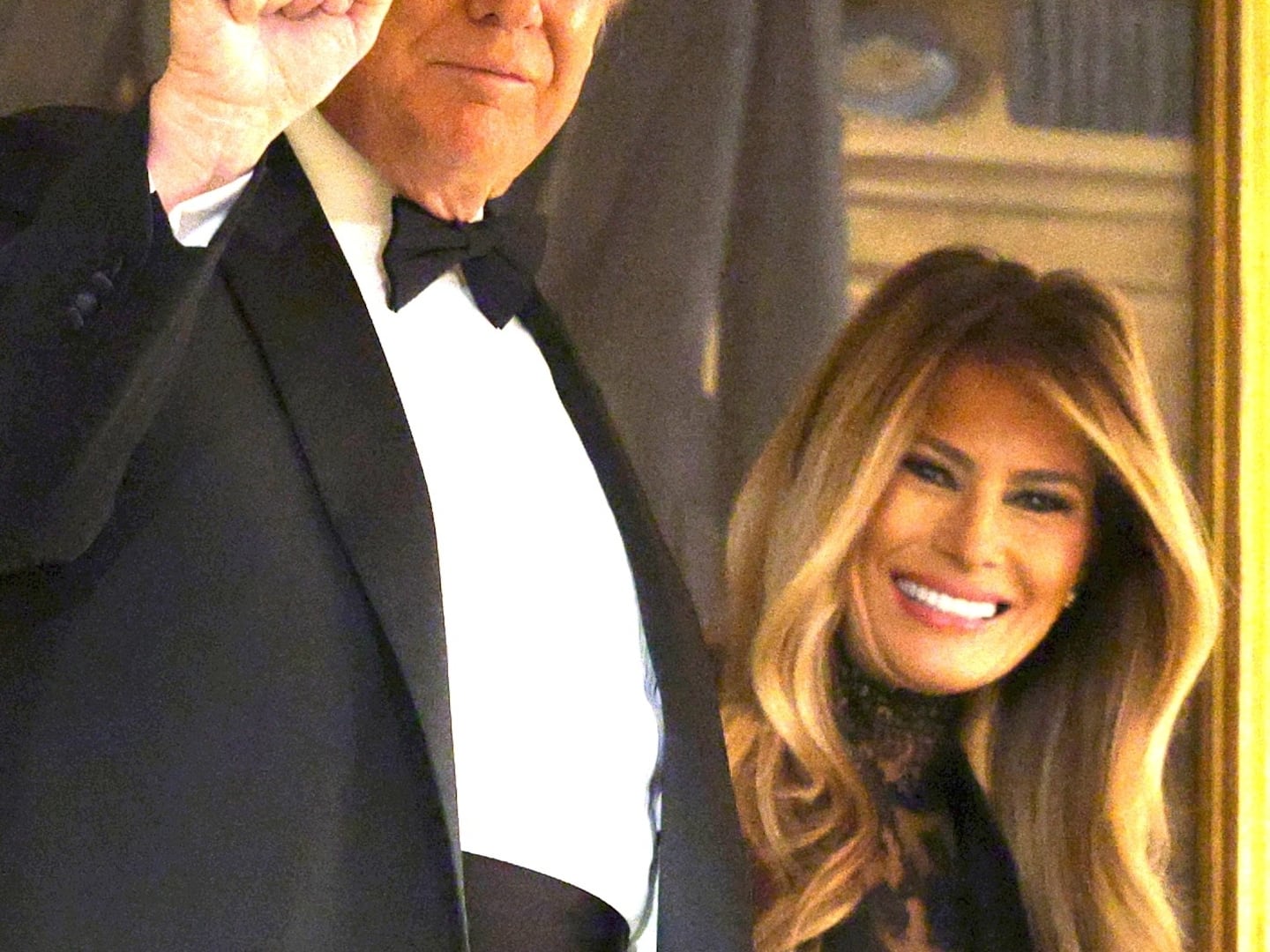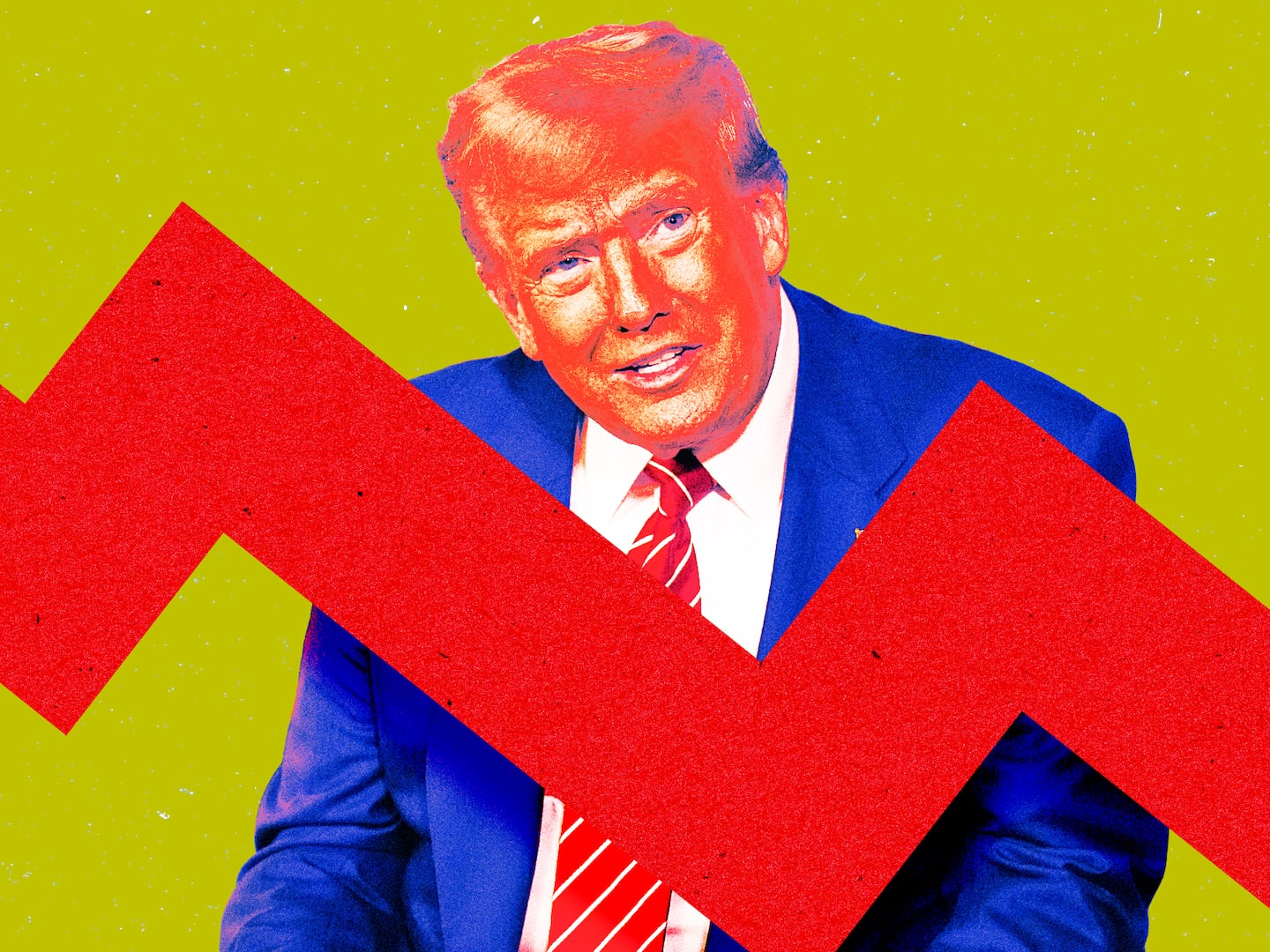This month marks the 80th anniversary of the death of Gov. Huey Long, the flamboyant populist, dictator of Louisiana and—after President Franklin D. Roosevelt—most significant American political leader of the 1930s.
If he hadn’t been killed, Long was expected to run strongly against FDR for the Democratic nomination for president in 1936. And Long’s “Share Our Wealth” challenge from the left helped pressure Roosevelt to introduce Social Security and several other liberal programs of the New Deal.
But at 9:22 p.m. on September 8, 1935 “The Kingfish,” later depicted in Robert Penn Warren’s novel All the King’s Men and dozens of other books, was shot in a corridor of the Louisiana State Capitol Building in Baton Rouge.
Long, whose clownish humor and acerbic tongue make Donald Trump look like Michael Dukakis, entered the hospital conscious but died 30 hours later after botched medical care.
On September 16, 1935, a sham inquest was held, in which only fervent Long loyalists (including a puppet judge who later admitted he hadn’t seen the shooting) were allowed to testify and no autopsy or ballistics tests were conducted.
Like all high-profile homicides—especially ones that are hinges of history—Long’s death has spawned a cottage industry of claims, counter-claims and conspiracy theories.
Most history books, like the 1969 Pulitzer Prize-winning Huey Long, by T. Harry Williams, are too definitive in recording as fact that the assassin was Dr. Carl A. Weiss, a brilliant 29-year-old physician motivated by family grievance.
Weiss was indeed angry, likely because his father-in-law, Judge Benjamin Pavy, a strong anti-Long figure in St. Landry Parish, and other Pavys (including in-laws laid off as teachers), were the subject of political retaliation by Long and his vindictive political machine. Some accounts suggest that Weiss was also upset because he believed Long once said the Pavys had Negro blood, though there’s no written record of Long saying that.
I’ve always been fascinated by Long and recently interviewed Marian Berkett, a completely lucid 102-year-old lawyer from Baton Rouge who has long argued for a reassessment of the case.
“Everyone’s dead but me,” said Berkett, who in 1937 became the first female partner of a law firm in Louisiana and went on to a storied career as a trial attorney. As an activist law student in 1935, she made passionate anti-Long speeches, but only in the countryside where she wouldn’t be hassled as much by Long’s henchmen.
Berkett was also a patient of Dr. Weiss’s father, a prominent ophthalmologist and president of the Louisiana Medical Society who had once treated Long and later chided him for laughing as his bodyguards ogled nurses. On the day after the shooting, Berkett attended young Dr. Weiss’s hastily scheduled funeral.
“It’s absolutely clear that Dr. Weiss did not have a gun on his person when he approached Long,” Berkett told me.
Burkett pointed me to testimony unearthed in recent decades suggesting that Long was killed accidentally when one or two of the 30 or more bullets fired by his bodyguards into Weiss ricocheted off the marble floor and walls of the Capitol and hit Long.
Weiss had only a couple of years earlier returned home from advanced medical training in his ear, nose and throat specialty in Vienna and Paris. He was a thin, studious man. He was a new father and devout Catholic known for standing up on matters of principle to the point that he once poured a bowl of soup on the head of a loud anti-Semite. And he had no history of violence or mental instability.
Burkett and his other supporters believe Weiss went to the Capitol to have a word with then-Senator Long, who still had dictatorial control over most of Louisiana and had ordered his successor as governor to declare martial law. When Long twice rudely brushed Weiss off, they say, he punched Long in the mouth, which led Long’s bodyguards to open fire.
In 1933, two years before the shootings, Huey’s estranged older brother, Julius Long, wrote in the magazine Real America that “if one of Huey’s gunmen should kill a man who was resenting Huey’s slanders, the murderer would never suffer for his deed; not in the state of Louisiana.”
A few weeks ago I obtained from a Pavy family cousin, Claire Bateman, a previously unpublished 1993 letter from the late Russell Long, son of Huey Long, to Carl Weiss’s brother, Tom. In it, the younger Long, who was 16 years old at the time his father was killed and grew up to be a powerful conservative U.S. senator, essentially confirms that doubts remain over whether Weiss shot Huey Long.
After recounting that he had recently met with Weiss’s son, Carl Weiss Jr., who was only a few months old at the time of the shootings, Long—while publicly maintaining that he believed the testimony of the bodyguards—wrote privately that because both boys lost fathers that night “we shared a personal tragedy.”
“It was my fortune to know some of the eyewitnesses and respect them,” Long said, referring to Long’s bodyguards. “I do not want to do anything to cast doubt on what they testified under oath. Yet I remain of the view that only the Eternal could know all that happened and why it happened as it did.”
According to The Day Huey Long Was Shot, by David Zinman, and Accident and Deception: The Huey Long Shooting, by Donald A. Pavy, the best evidence that Weiss did not shoot Long includes:
• A 1935 affidavit from a nurse, Jewel O’Neal, stating that while treating Long for a bruised lip, Long said, “That’s where he hit me.” A second nurse confirmed the exchange. If Weiss punched Long, he would not likely have had time to pull out a gun and shoot him.
• The detailed account of Weiss’s brother, Tom Ed Weiss, who said that when he went to the scene an hour after his brother’s death, Weiss' car had been moved from where witnesses had seen it at the door of the Capitol, and his brother’s gun hastily removed from the glove compartment. (The gun later showed up at the morgue.) The coroner who emptied Weiss’s pockets found no car keys, which suggests Long’s loyalists may have taken them as part of a coverup.
• A 1993 affidavit from Colonel Francis Grevemberg, superintendent of State Police in the early 1950s, stating that while returning from a 1953 gambling raid he heard three state troopers say that Long bodyguards Joe Messina and Murphy Roden opened fire on Weiss after he punched Long.
• The account of Delmas Sharp Jr., son on a Long bodyguard, who says that in 1951 his father brought him to a bar owned by Messina, where his father told him this was the man who had killed Huey Long and Messina turned his back on his old colleague but did not deny it.
• The chain of custody of Weiss’s .32 caliber gun, which in the 1960s surfaced in the estate of Louis Guerre, superintendent of State Police at the time of the shootings. The gun was never matched to the bullet holes in Long’s body. While Weiss’s body was exhumed, Long’s, conspicuously buried deeply under a monument to him on the Capitol grounds, was not.
• An insurance company paid double indemnity to the Long family based on an extensive investigation in 1936 that concluded, “There is no doubt that his death was accidental, [and] the consensus of more informed opinion is that he was killed by his own guard and not by Weiss.”
None of this or any of the other material assembled by Weiss supporters proves definitively that he didn’t shoot Long. But it is fair to say that Weiss deserves to be removed from the unofficial American Hall of Infamy that includes assassins John Wilkes Booth, Charles Guiteau, Lee Harvey Oswald, James Earl Ray, and Sirhan Sirhan.
Dr. Carl A. Weiss is, perhaps, an assassin no more.






